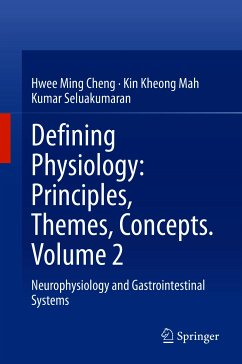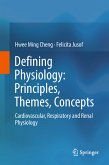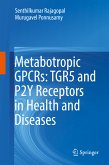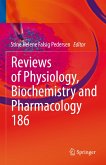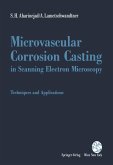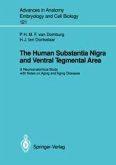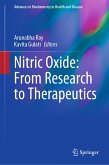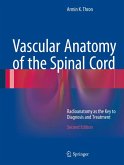This second volume of Defining Physiology: Principles, Themes, Concepts. continues on the same format as the first.
In this new release, a selection of 44 essential topics in each major organ system is defined, then major themes, concept and principles surrounding these words in their physiologic scenarios are elaborated. For each keyword, a question is posed at the end of the text to test for a better understanding of the associated physiology of nervous and gastrointestinal systems.
This book presents an easy reference guide for those just starting out in the area of physiology and for those who are interested in clear and succinct definitions of key terms.
In this new release, a selection of 44 essential topics in each major organ system is defined, then major themes, concept and principles surrounding these words in their physiologic scenarios are elaborated. For each keyword, a question is posed at the end of the text to test for a better understanding of the associated physiology of nervous and gastrointestinal systems.
This book presents an easy reference guide for those just starting out in the area of physiology and for those who are interested in clear and succinct definitions of key terms.
Dieser Download kann aus rechtlichen Gründen nur mit Rechnungsadresse in A, B, BG, CY, CZ, D, DK, EW, E, FIN, F, GR, HR, H, IRL, I, LT, L, LR, M, NL, PL, P, R, S, SLO, SK ausgeliefert werden.
Es gelten unsere Allgemeinen Geschäftsbedingungen: www.buecher.de/agb
Impressum
www.buecher.de ist ein Internetauftritt der buecher.de internetstores GmbH
Geschäftsführung: Monica Sawhney | Roland Kölbl | Günter Hilger
Sitz der Gesellschaft: Batheyer Straße 115 - 117, 58099 Hagen
Postanschrift: Bürgermeister-Wegele-Str. 12, 86167 Augsburg
Amtsgericht Hagen HRB 13257
Steuernummer: 321/5800/1497
USt-IdNr: DE450055826
Bitte wählen Sie Ihr Anliegen aus.
Rechnungen
Retourenschein anfordern
Bestellstatus
Storno

